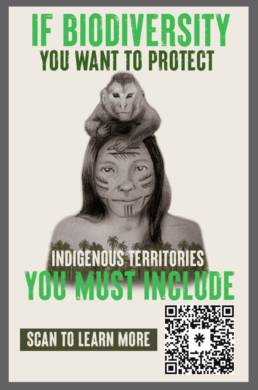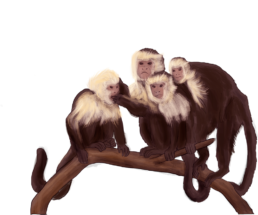
The Amazon, which holds 25% of the world’s biodiversity, is an essential region to guarantee our life sustaining systems, and the key to its protection lies in Indigenous Territories stewardship.
The integrity of the Amazon Rainforest’s biodiversity is critical to climate resiliency, and the preservation of its biodiversity is crucial to our quality of life. It stores carbon, its ecological systems funnel moisture to Central and North America, and it is a solution for countless medicines, scientific discoveries, and food products.
All of these invaluable services are linked back to biodiversity preservation: the integrity and resiliency of the system is only intact with this crucial element. The solution is straightforward: as proven and rightful leaders, it is crucial that Indigenous peoples and governments are included in the solutions. They already protect 80% of the world’s biodiversity and we will struggle to meet our targets without them.
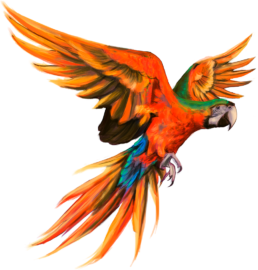
Stand With Us
At COP15 and beyond we will be advocating for four key asks that Canada can support on:
- Acknowledge the critical role of an Indigenous rights approach
- Support financial sustainability mechanisms to manage, protect, and safeguard biodiversity
- Meaningfully regulate Canadian corporate (mis)conduct and human rights abuses in the Amazon
- Push for a new global framework to protect biodiversity
As Canada moves from COP27 to COP15, we want to highlight the link between biodiversity and climate adaptation and action, both key issues that Canadians want to see leadership on.
In many ways, biodiversity is a solution to climate change and in turn Indigenous leadership and governance assures biodiversity. This distills our focus substantially on innovative efforts that support these proven solutions.
We Are Asking Leaders to Support:
- Through support, language, and allyship
- Indigenous Territories should be included in the spatial targets as a 3rd category (aside from protected areas and OECMs). Indigenous territories are established management units that contribute to the protection of biodiversity and need to be recognized as such
- Back Indigenous solutions, partner with Indigenous leaders and allies acknowledging indigenous knowledge systems
- Ensure relevant and ambitious targets and approaches for these key regions
Compensation for safeguarding these vital landscapes is required in order for them to be managed properly. Indigenous governments are leading the way, and face numerous threats from outside actors. Agencies for LIfe is an emerging mechanism for the financial sustainability of the Amazon and its leaders. The agency offers protection of the forest, its cultures, and the wellbeing of all and the establishment of 4 Indigenous Administrative Agencies at the national level, and 4 Indigenous Administrative Agencies at the local level, that strengthen administrative and financial management capacities and directly support Indigenous organizations in the North Amazon.
We’ve thoroughly documented a case study where a single actor, Cosigo Resources Inc, thoroughly undermined the legitimate land-use preservation mechanism set forth by the Colombian and Indigenous governments. Junior mining corporations like this sully Canada’s reputation and put us at risk of violating United Nations laws that require us to be accountable for businesses headquartered here.
As such, we are calling for responsible corporate conduct that includes strengthening CORE (the Canadian Ombudsperson for Responsible Enterprise) by ensuring:
- That it is independent
- Has the ability to investigate
- Has the power to call witnesses and produce documents
- It can issue public recommendations and propose remedies
- Has the power to monitor settlements
We speak about biodiversity primarily in quantitative targets, but to protect flora and fauna truly we also require a qualified approach that includes equitable, effective, and well-connected strategies. Conveniently, supporting Indigenous leadership efforts largely hits all three of these principles. We also need to ensure that quantitative targets for key ecological regions, like the Amazon, are appropriately ambitious. While Canada and the world work towards 30×30 targets, key regions like the Amazon need much higher targets. Currently 47.2% is protected yet it is still in crisis.
Canada has a unique connection to the Amazon.
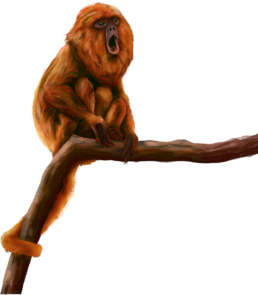
The Amazon and its Indigenous Territories are Vital
Because…
- The Amazon is the most extensive and biodiverse tropical forest in the world.
- The Amazon region is home to 40% of the world’s remaining tropical rainforests and 25% of the world’s terrestrial biodiversity
- Currently, land conversion and deforestation in the Amazon release up to 0.5 billion metric tons of carbon per year (not including emissions from forest fires)
- Since 1985, the Amazon has lost 69 million hectares of forest.
- An estimated 150-200 billion tons of carbon are stored in the Amazon’s forest and soils
- Today, 28% of the world’s land surface corresponds to regions under Indigenous People’s management
- Indigenous Territories contain more than 28 billion tons of carbon (MTon)
- The Amazon is home to more than 30 million people and according to the Coordinator of Indigenous Organizations of the Amazon Basin (COICA), about 9% (2.7 million) of the Amazon’s population is still made up of indigenous people – 350 different ethnic groups, more than 60 of which still remain largely isolated
- Canadians think their government needs to do more to protect the Amazon, stop human rights abuses and support Indigenous communities
